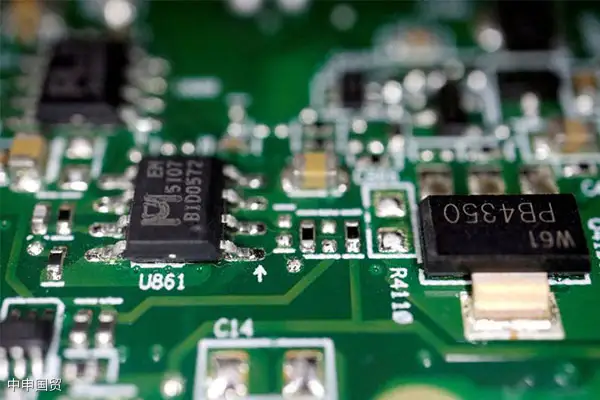- Shanghai Zhongshen International Trade Co., Ltd. - Two decades of trade agency expertise.
- Service Hotline: 139 1787 2118
Since the U.S. implemented stricter export control policies on China in the technology sector, the competition between the two countries in the semiconductor industry has intensified. The latest report from the Center for Strategic and International Studies (CSIS) provides an in-depth analysis of this, concluding that the impact of these policies is mixed. The following sections will detail the effects of U.S. semiconductor export controls on China, their impact on China, and the repercussions for the U.S. itself.
Implementation and Intent of U.S. Semiconductor Export Controls on China
The U.S. restricts Chinas access to cutting-edge semiconductor technology through export controls, driven by national security concerns and the strategic need to maintain technological leadership. On October 7, 2022, the U.S. Department of Commerces Bureau of Industry and Security (BIS) implemented the so-called 1007 Measures, strictly limiting Chinas access to high-end chips, critical semiconductor manufacturing equipment, and related technologies. By October 2023, BIS further escalated these measures by adjusting the criteria for advanced computing chips, expanding controls on chip re-exports, and adding more Chinese entities to the blacklist.
In addition, through Executive Order 14105 signed by President Biden on August 9, 2023, the U.S. prohibited investments in key sectors such as semiconductors for China and other countries of concern. These measures aim to block Chinas rapid progress in semiconductor technology to slow its rise on the global technological stage.

Impact of the Measures
Impact on China:
Increased difficulty in acquiring technology:Due to export controls on advanced semiconductor technology by the United States and its allies, China has encountered significant obstacles in developing cutting-edge chip technology. Chinas semiconductor industry relies on imported lithography equipment, particularly in extreme ultraviolet (EUV) lithography machines. China cannot obtain the most advanced equipment from Dutch company ASML, which directly impacts its R&D and production capabilities for 2-3 nanometer node chips.
Challenges and opportunities in innovation capability:Facing external pressure, Chinese enterprises and research institutions have increased investment in independent semiconductor technology R&D. For example, companies like SMIC have made certain progress in improving production processes and technological self-sufficiency. Tsinghua University successfully developed the worlds first fully system-integrated memristor chip.
.
Impact on the United States:
Declining revenue:Due to export restrictions, U.S. semiconductor companies have lost partial revenue from China, a huge market, which in turn has affected these companies R&D investment in new technologies.
Realignment of global supply chains:The U.S. government is promoting the reconfiguration of global semiconductor supply chains to reduce dependence on China. However, this process is complex and costly, and may lead to reduced global industry efficiency.
Conclusions and Outlook
Although U.S. export controls have achieved some success in curbing the rapid development of Chinas semiconductor technology, these measures have also brought unexpected side effects, including harming the commercial interests of U.S. companies and the stability of global supply chains. The United States needs more refined strategies to balance national security needs with economic interests, while also coordinating with international allies to ensure the global enforceability and effectiveness of policies.
For China, the current situation is more like a catalyst, accelerating its pace of independent technological innovation. Facing technological blockades, China must not only increase breakthroughs in basic research and key core technologies but also optimize its technological innovation system to ensure the security and stability of its industrial chain. In the future, competition between China and the United States in the semiconductor field may become more intense, but it is also full of uncertainty and variables.
Related Recommendations
? 2025. All Rights Reserved. 滬ICP備2023007705號-2  PSB Record: Shanghai No.31011502009912
PSB Record: Shanghai No.31011502009912









